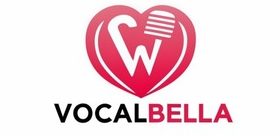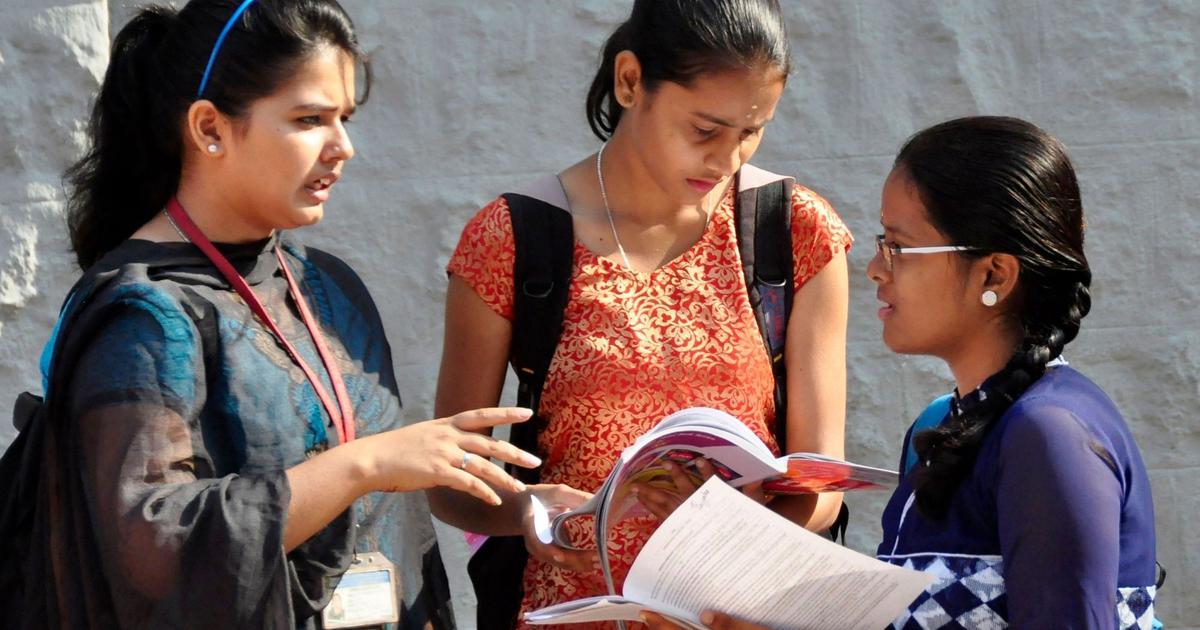The Secondary School Leaving Certificate (SSLC), an educational milestone for students around the world, holds immense significance in shaping their academic journey and future prospects. From its humble beginnings to its current stature as a pivotal assessment, the SSLC has undergone a transformative journey, impacting millions of lives.
Introduction to Secondary School Leaving Certificate (SSLC)
The SSLC serves as a crucial evaluation point for students completing their secondary education. It not only assesses their academic proficiency but also acts as a gateway to various higher education and career opportunities. Understanding its importance is essential for students, parents, and educators alike.
History and Evolution of SSLC
The roots of the Secondary School Leaving Certificate can be traced back to the early 20th century when educational reforms emphasized the need for standardized assessments. Over the years, the SSLC has evolved in structure and scope, adapting to the changing educational landscape and societal needs.
Structure and Format of SSLC Examination
The SSLC examination typically covers a range of subjects, including languages, sciences, mathematics, and social studies. The examination pattern may vary depending on the educational board or system in place, but it generally assesses students’ knowledge and understanding across different disciplines.
Preparation Strategies for SSLC
Preparing for the SSLC examination requires careful planning and effective study strategies. Students can benefit from adopting various techniques such as creating study schedules, practicing past papers, and seeking guidance from teachers and peers.
Significance of SSLC Results
The results of the SSLC examination play a crucial role in shaping students’ future academic pursuits and career choices. They serve as a benchmark for admission to higher education institutions and are often considered by employers during recruitment processes.
Challenges Faced During SSLC
While the SSLC examination is a significant milestone, it also brings along its share of challenges, including academic pressure and stress. It is essential for students to develop effective coping mechanisms and seek support from parents, teachers, and counselors.
Success Stories: Overcoming SSLC Challenges
Despite the challenges, many students have triumphed over adversity and achieved remarkable success in their SSLC examinations. Their stories serve as inspiration and demonstrate the power of perseverance and determination in the face of obstacles.
Alternatives to SSLC
In addition to traditional educational pathways, students today have access to alternative options such as vocational training and skill development programs. These alternatives cater to diverse learning styles and career aspirations, providing students with greater flexibility and opportunities for growth.
Tips for a Smooth SSLC Experience
To navigate the SSLC examination with ease, students can benefit from adopting relaxation techniques, maintaining a healthy lifestyle, and building a strong support network. Balancing academic commitments with personal well-being is key to success.
Post-SSLC Options
Upon completing the SSLC examination, students have a plethora of options to explore, including pursuing higher education in various fields or enrolling in vocational courses. It is essential for students to research their options and make informed decisions based on their interests and goals.
Common Misconceptions About SSLC
There are several misconceptions surrounding the SSLC examination, including its sole focus on academics and its determinative role in students’ futures. It is crucial to debunk these myths and provide students with accurate information to alleviate unnecessary stress and anxiety.
Future Prospects After SSLC
Beyond the SSLC examination lies a world of possibilities, including diverse career paths and opportunities for personal and professional growth. By leveraging their education and skills, students can embark on fulfilling journeys and contribute positively to society.
Role of Technology in SSLC Education
Technology plays a significant role in enhancing the learning experience for SSLC students, providing access to online resources, interactive learning platforms, and personalized study materials. Embracing technology can enrich students’ education and prepare them for the challenges of the future.
Support Systems for SSLC Students
Recognizing the importance of mental health and well-being, educational institutions offer various support systems such as counseling services and mentorship programs to assist SSLC students in managing stress and overcoming academic obstacles.
Conclusion
The Secondary School Leaving Certificate (SSLC) is more than just an examination; it is a stepping stone towards a brighter future. By understanding its significance, addressing challenges, and exploring opportunities, students can embark on a journey of growth and success.
FAQs (Frequently Asked Questions)
- Is the SSLC examination the same worldwide?
- No, the structure and format of the SSLC examination may vary depending on the educational board or system in each country.
- Can students retake the SSLC examination if they don’t perform well?
- Yes, in many educational systems, students have the opportunity to retake the SSLC examination to improve their scores.
- Are there any age restrictions for appearing in the SSLC examination?
- The eligibility criteria for the SSLC examination may vary depending on the educational regulations in each region.
- How can parents support their children during the SSLC preparation?
- Parents can support their children by providing encouragement, creating a conducive study environment, and offering emotional support during stressful times.
- What are the career options available after completing the SSLC examination?
- After completing the SSLC examination, students can pursue higher education in various fields, enroll in vocational courses, or explore career opportunities based on their interests and abilities.


